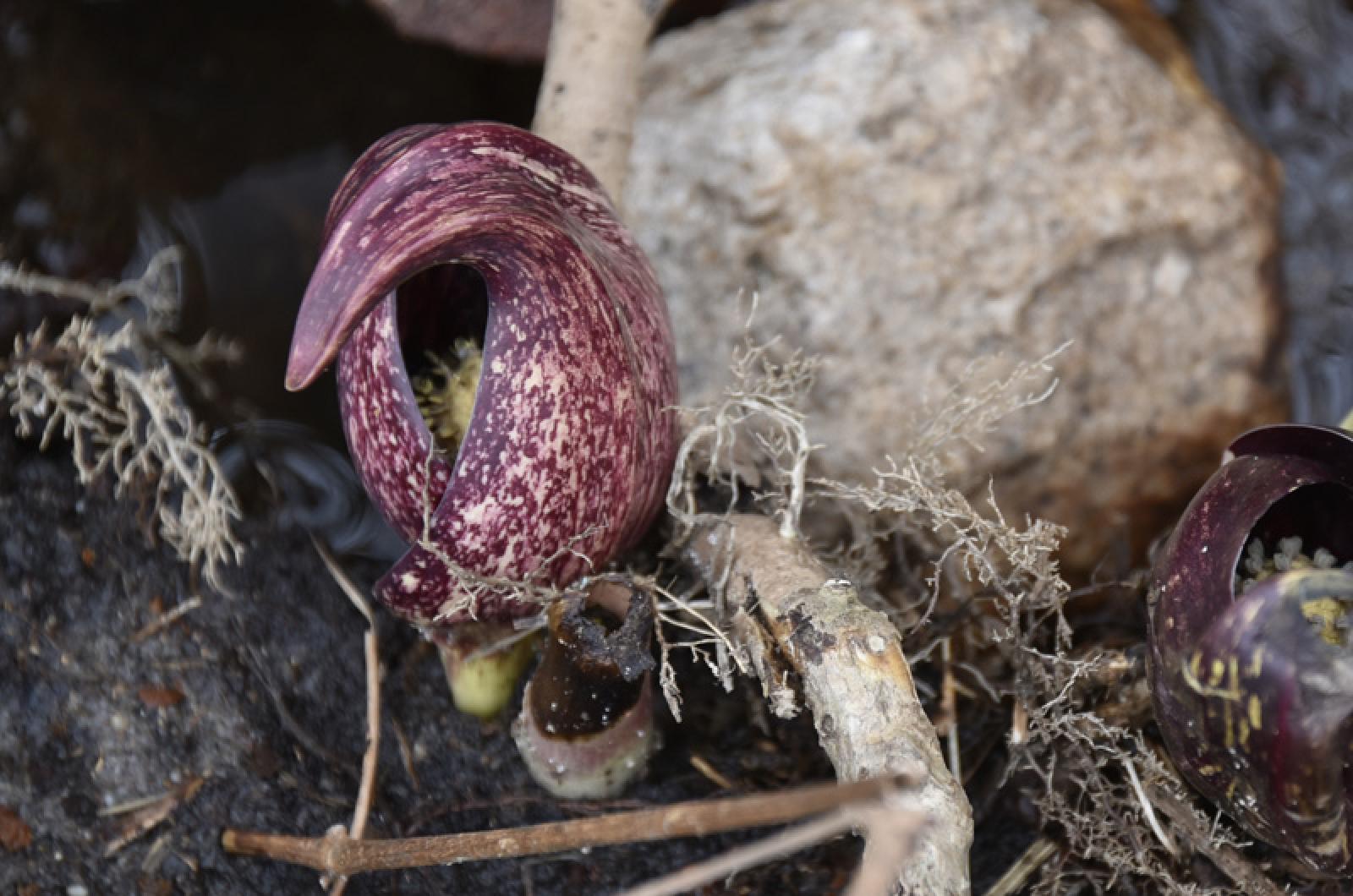From the March 21, 1980 edition of the Vineyard Gazette by William A. Caldwell:
At 6:10 a.m. yesterday the sun crossed the equator. Day and night were of equal length everywhere on earth. The vernal equinox had come. Spring had sprung.
There are people who’ll tell you there is no such season as spring on Martha’s Vineyard. They insist we have but two seasons, one cold and the other not, and the Old Farmer’s Almanac warns us not to expect any improvement in the weather we’ve been having, if you call that weather. “Don’t get lazy — it’ll snow like crazy!” goes the legend in the right-hand column of the O.F.A. And after the snow: “Rain again.” And after that, heavy rain, rain, cloudy, cold, sleet, and snow, after which rain followed by rain.
It can be argued that mankind is the only form of life that considers 6:10 a.m. March 20 to be significant, that knows spring is here. And it is probably true that we are the one species of living things that knows it is time to rake and lime the lawn, plant early peas and dormant trees and shrubs, sow vegetables and flowers in pots indoors, refill bird feeding stations, feed blueberries and rhododendrons, prune fruit trees, repaint trellises and fences, and ask Elisha Smith when he’ll be coming to rototill the garden.
But to anyone who thinks that we are alone among God’s creatures who know something momentous just happened, look around you. The snowdrops are in pallid full bloom, crocuses and daffodils have been up and doing for days, and in the swamps the skunk cabbage is as lush and fragrant as it is likely to get.
They know. So do the huckleberries and bayberries and wind-stunted scrub hardwoods on the moors. They have been turning purple. The leaf buds on the beach plums have a taut congested look. The buds are shedding their waxy scales. The pastures and hillsides and the wide lawns running down to the water’s edge won’t be green for weeks but stand here and try to remember how the looked last week. The lifelessness is gone. Something is stirring.
A fortnight ago, when the bays and ponds were frozen over, the occasional air holes were filled with little mergansers and golden-eyes and buffleheads. Where are they now? Rafts of Canada geese were huddled on the ice or in the lee of banks or dunes. Where are they now? The herring gulls that stayed the winter with us are thinning out — an editor I know in Minnesota insists our gulls come on March 17, as punctually as on March 19 swallows return to Capistrano, to announce that from now on everything’s going to be all right. To squabble on the dock in place of the gulls we had to come to call by name, young gulls who wintered in the south have moved in.
They know. How they know is a matter of confidential communication between the birds and the Almighty.
“It has been suggested that all birds were originally tropical species and that as their population became overcrowded in those regions some flew to the higher latitudes in spring, were driven back by the arrival of winter, and thereby set up a migratory pattern,” says David Alan Gates in his ‘Seasons in the Salt Marsh” (Chatham). There are competing theories. One has to do with the glaciers’ driving the birds south and the birds’ following the glaciers’ retreat north. Or the availability of food could have set up the migratory pattern. Or continental drift. Or variations in the length of daylight and darkness. “We simply do not know why birds migrate for the same reason so many of my unfeathered friends on the Island do, because they’d rather be warm than cold. But we’re wandering afield. All I meant to say was that as the winter birds move out the summer birds move in - first the redwing blackbirds, cardinals, robins, a dozen kinds of sparrow, pretty soon the herons and rails. There’s singing as well as snow and rain in the air. What they have to sing about is not clear. It’s cold and the wind has been gusting up to 40 knots this week, but they’ve been programmed to sing rather than sneeze or croak, and it sounds like spring even if it isn’t.
Amour, I suppose. We have a catbird popping his vest buttons in the throes of courtship. On the lawn for the last few evenings a couple of lecherous rabbits have been trying to entice two maidenly bunnies into a bramble patch of ill flame. Under the windows of eel grass along the beaches vast colonies of insects are stirring in response to some biological alarm clock in their tiny bodies. On the bay last week a cloud of gulls fell, shrieking, on a shoal of little fish on their way somewhere to lay and fertilize eggs. Nature’s methods of birth control are very often insensitive.
We humans are the only creatures in the universe that know the vernal equinox occurred a little after 6 o’clock yesterday morning. But we are surrounded by evidence that everything in the world immediately around us knows, better than we, that spring has come. There’s quite a difference.
Compiled by Hilary Wall
library@mvgazette.com




Comments
Comment policy »